Search Images
Browse Content (p. 936)
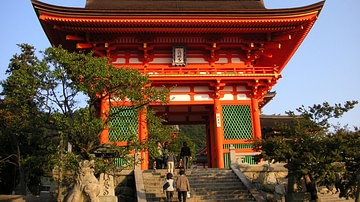
Image
Niomon Gate, Kiyomizu-dera
The Niomon gate of Kiyomizu-dera, otherwise known as the ‘Temple of the Pure Water Spring’, which is a Buddhist temple in Kyoto, Japan. Founded in 778 CE the gate was added in the 15th century CE.
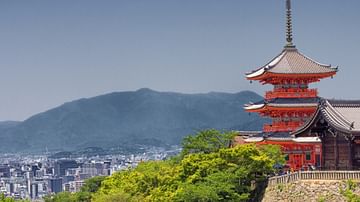
Image
Koyasu Pagoda, Kiyomizu-dera
Kiyomizu-dera, otherwise known as the ‘Temple of the Pure Water Spring’, is a Buddhist temple in Kyoto, Japan. Founded in 778 CE, the Koyasu pagoda was built in the early 17th century CE.
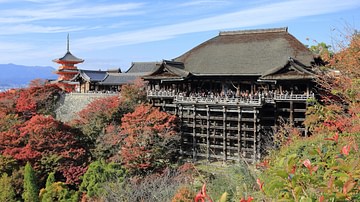
Image
Kiyomizu-dera, Kyoto
Kiyomizu-dera, otherwise known as the ‘Temple of the Pure Water Spring’, is a Buddhist temple in Kyoto, Japan. Founded in 778 CE, the main hall (Hondo) was added in 798 CE and the Koyasu pagoda in the early 17th century CE.
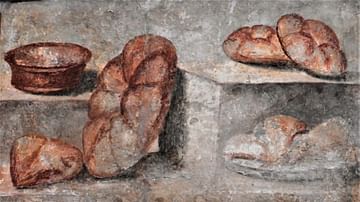
Image
Fresco of Panis Quadratus, or Panis Siligineus
A fresco from the House of Julia Felix in Pompeii, Italy. The fresco depicts different kinds of Roman breads, and is on display in the National Archaeological Museum of Naples.
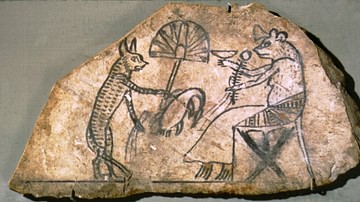
Image
Ancient Egyptian Ink Drawing of a Cat & Mouse
Ink drawing of a cat and mouse on limestone. The cat is dressed as a priest and presents offerings to a mouse in what was probably a satire or an illustration of a story. From the region of Thebes, Egypt, 19th-20th Dynasty, c. 1295-1075 BCE...
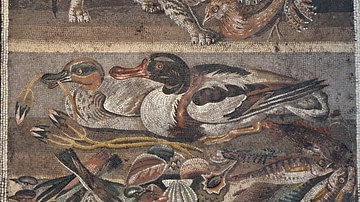
Image
Cat with a Quail Mosaic, House of the Faun
Roman mosaic from the House of the Faun in Pompeii, Italy. In the upper register, a cat clutches a quail. In the lower register, two ducks feed next to an assortment of seafood.
National Archaeological Museum of Naples.

Image
Medieval Drawing of a Cat in a Tree
A pen and ink illustration of a cat in a tree, being harassed by a man and his dogs. Folio 48 of Ms. Ludwig XV 1 (83.MR.171), amanuscript made in Germany (probably Trier), late 15th century.
Getty Museum, Los Angeles.
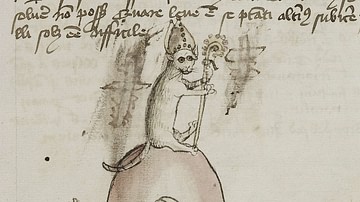
Image
Cat with a Bishop's Crosier & Miter
A pen and ink illustration of a cat wearing a bishop's miter and holding a crosier. Folio 48 from Ms. Ludwig XV 1 (83.MR.171), a manuscript made in Germany (probably Trier), late 15th century.
Getty Museum, Los Angeles.

Image
A Hunter & Dogs Attacking a Treed Wild Cat
An illumination from a Late Medieval manuscript made in Brittany, France c. 1430 - 1440 CE. The painting portrays a hunters and their dogs attacking a wounded wildcat which is clinging to a tree. From Ms. 27 (87.MR.34), fol. 97, in the...
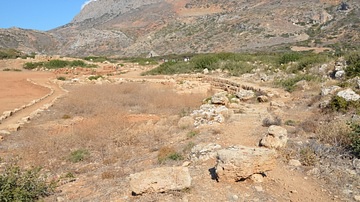
Image
Greek Harbour of Phalasarna, Crete
View of the harbour of the Greek city of Phalaserna on the island of Crete. The harbour was constructed around 335 BCE and was protected on all sides by defending walls and towers.